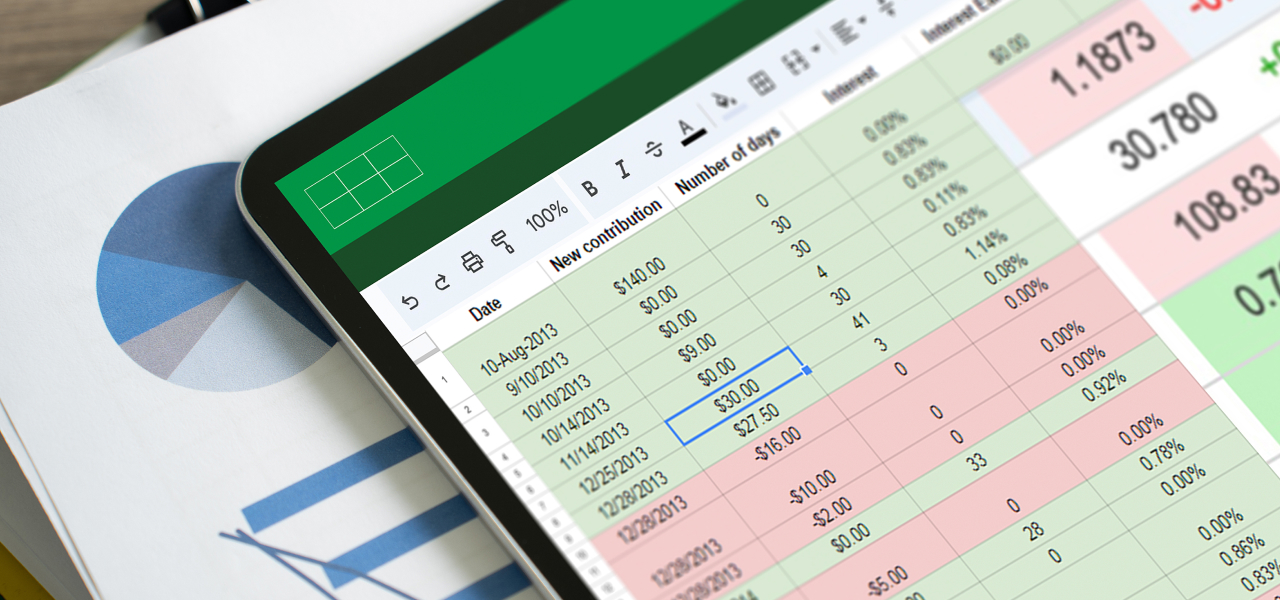Chances are that if you are in the market for a system to support your private equity needs, you are buying for the first time. Firms generally don’t change systems once they have one established due to concerns about disruption, familiarity and similar. With this being the case, it is important to do your due diligence so that you get it right the first time.
A number of firms are dedicated to providing accounting systems that work well in the world of private equity. These include
- Allvue systems for Private Equity (AltaReturn)
- Burgiss Private i
- eFront
- FIS Private Equity Suite
- Geneva World Investor by SS&C Advent
- SunGard Investran
- Yardi
- and, of course, FundCount.
It would be hard to go completely wrong with any of these, what is best for you, primarily comes down to your specific needs.
Below, we take a look at some of the factors that will be important as you evaluate your choices. They are designed to help you narrow down to the system that best serves your specific, unique requirements.
Front office vs back office
Private equity software systems have two primary components. The front office is client-faced and includes deal flow, CRM, fundraising, etc. If comparing it to a hotel, think of the front office as the advertising department, the check in desk and guest relations. The back office is where the numbers are crunched. It includes accounting, performance measurements (e.g., IRR, TVPI, DPI, RVPI), capital calls and distributions, and fee calculations, including waterfalls. In our hotel example, it is the administration office and room maintenance.
What type of office are you?
A number of financial businesses work with and invest in private equity. Among these are family offices, fund administrators, as well as full-blown private equity firms. The software support needs of each varies. What a family office needs can be quite different from what a private equity firm needs.
Family Office: A typical family office may be invested in as much as 80% or more in private equity projects. Due to the unique nature of the family office, they have no need for a system that supports client acquisition, deal flow, CRM and other front office-type infrastructure. The majority of FundCount clients who purchased the system with private equity in mind are family offices. It has a strong back office without the added price that is included in systems that also support the front office.
Private Equity: Funds that make private equity their primary focus tend to purchase front-end packages that contain back-office support. FundCount isn’t a lead-generating system. Private equity funds that do find value with FundCount are inclined to be pretty specialized and deal with exotic foreign PE debt, need waterfall calculation capability and have other needs for a strong back-office system. Competitors that offer deal flow can be very expensive solutions. In such instances, purchasing FundCount and combining it with a front-end CRM system such as Excel or Salesforce is an attractive option. Contrarily, competitors that are strong on front office are often not so strong on the back end. This is especially true when a fund is very complex.
Fund Administrators: Private equity is a growing area of focus in the field of fund administration. In fact, most fund administrators deal with PE in one degree or another. Fund administration has an investment side and an investor side. The average fund administrative office has the need for a robust back end that gives them the ability to calculate NAV, manage multiple investments and asset classes, run reports and more. FundCount meets these back-end needs. Some firms choose it for its well-rounded capability and then integrate it with a front-end system.
Waterfall calculation flexibility
Private Equity waterfall is a calculation used to determine partner distribution share of the profit. It is common in all types of private equity investment, including real estate. The goal is to align the interests of the various parties who invest in an individual deal or a private equity fund. Waterfalls can take different forms based on goals and incentives.
Waterfall calculations can have 4 or 5 different layers of highly complex calculations. Many providers just give you a black box calculation, which can be problematic when you need to go back and show your proofs, do shadow accounting, or verify. Verification is usually done by reproducing the numbers in an Excel spreadsheet. Excel is customizable, and can be programmed to calculate waterfall formulas. FundCount takes a unique approach and provides waterfall calculation capability through its custom control tool. Data is dumped into Excel, processed, and then seamlessly imported back. You can create your own data model, or reproduce one of the available Excel models. In this way, there is no need to reproduce as the calculations are made available to you.
Bottom line
While the system you ultimately decide on is likely to be with you a while. You don’t need to sweat it too much. By doing your homework and figuring out what it is you can and can’t live without, the choice is bound to get clearer. In fact, before you buy, many providers will let you have a test run. FundCount, for example has a sandbox version that gives you access to the entire system using a cloud version that lets you see if it’s a good fit before going in with both feet.







